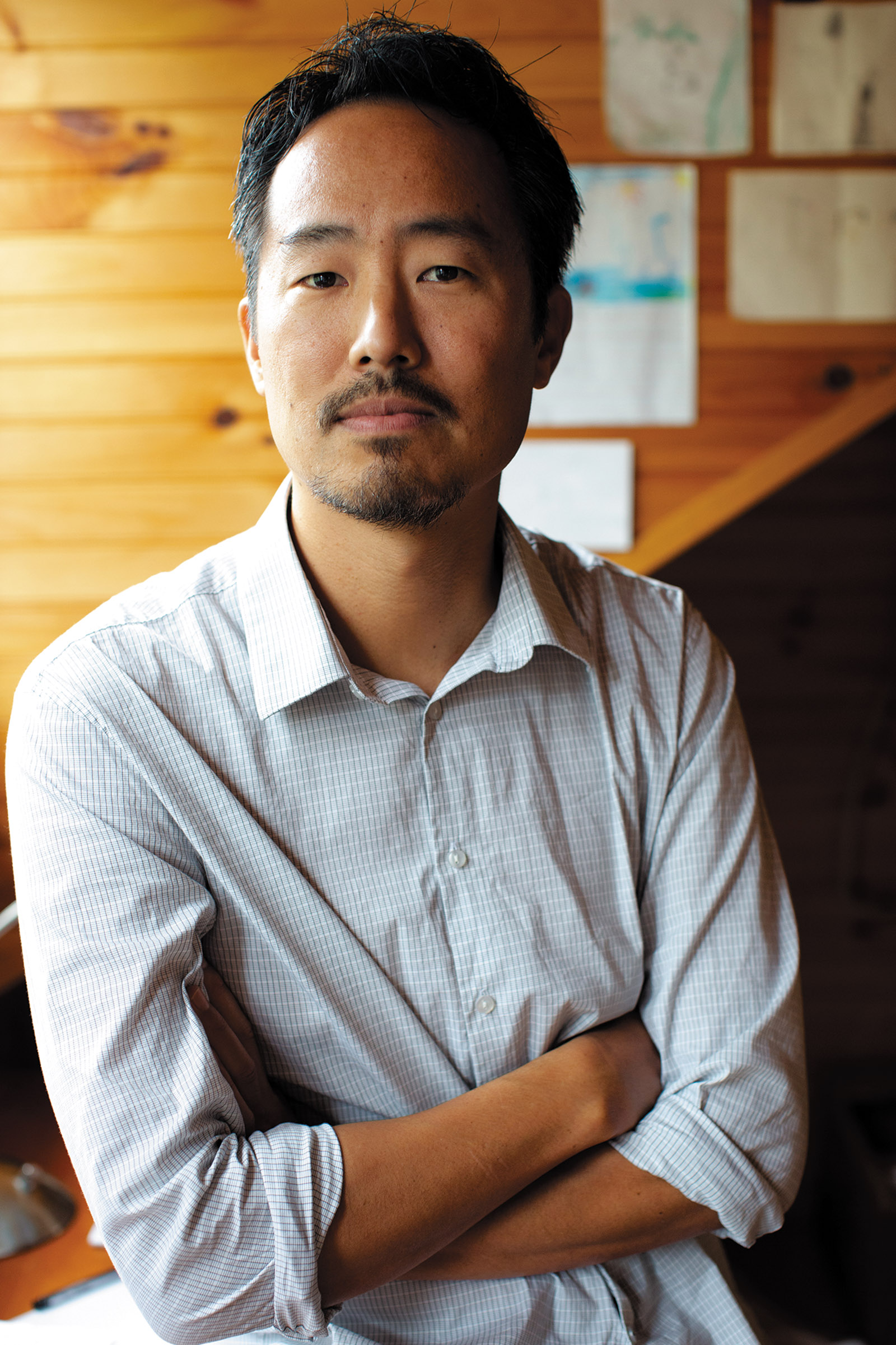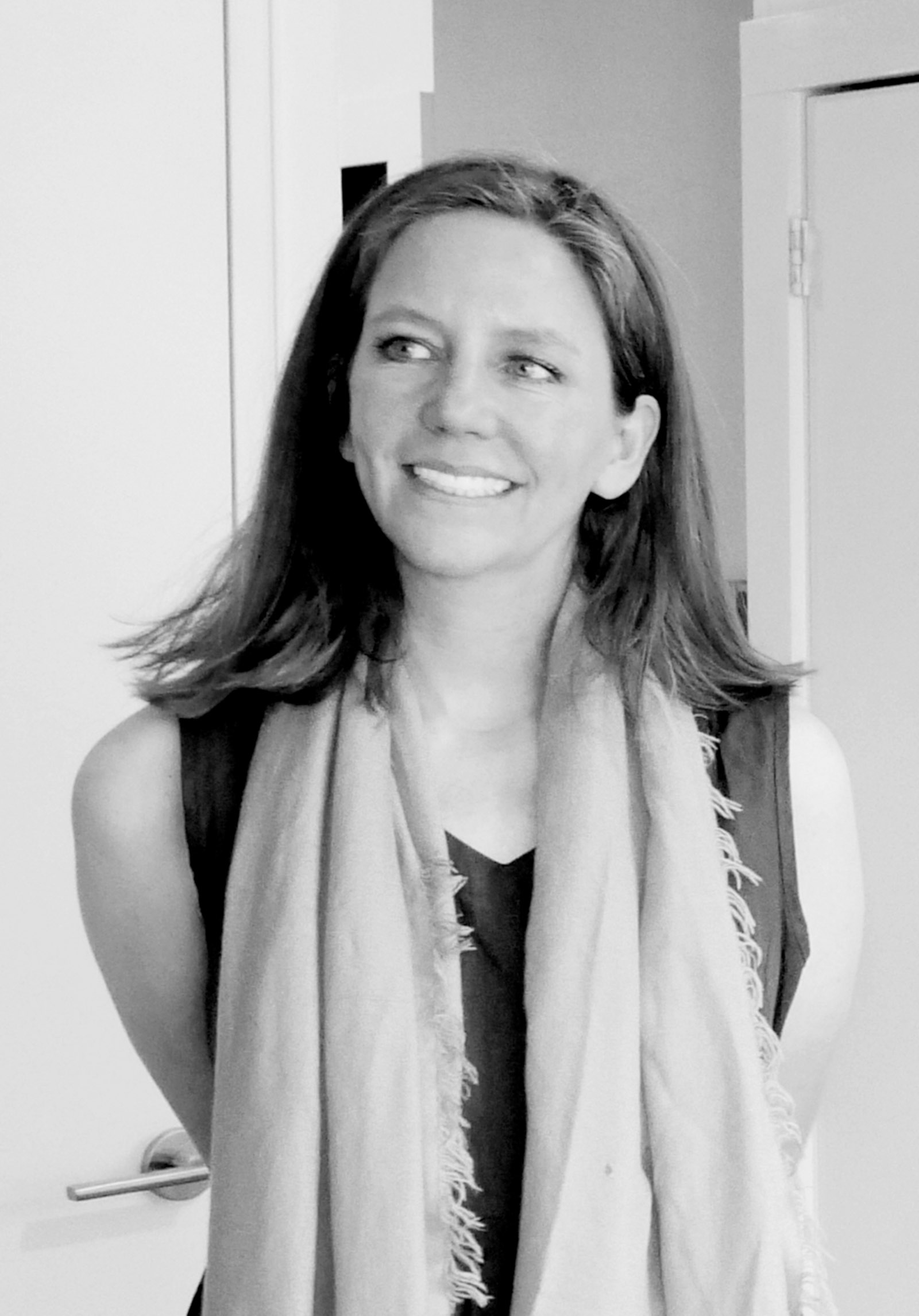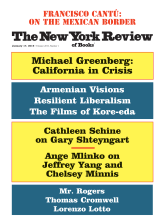Is free verse dead? It has been obvious for some time that the unrhymed, unmetered, anecdotal, or monological personal utterance, distinguished by something known as “voice” (as in “finding your voice”) has gone stale; that some esteemed lyric poets, like Terrance Hayes or Natasha Trethewey, have turned back to time-honored forms (from sonnets to villanelles to blues stanzas), where rules were made to be bent; while a great many others have gravitated toward something loosely known as “the poetic project” or “project book,” in which a governing principle (a subject, a trope) commands an array of forms, from prose poems to word-constellations. Claudia Rankine’s Citizen and Layli Long Soldier’s Whereas are only two recent examples, both of them winners of the National Book Critics Circle Award, among other honors.
They are representative, in more ways than one: the project book is almost always a documentary in which the author is a decentered presence: of the subject, but not the subject (Rankine’s book examines race relations; Soldier’s is a détournement of language used to subjugate Native Americans). But their books are particularly successful because they are attuned to form, not just content. Soldier employs anaphora, specifically the legalese of “whereas,” lifted from government documents; Rankine’s elliptical prose is freighted with repetition and metaphor, as she said in her Paris Review interview: “I was still utilizing…all of the poetic techniques and devices available to me. They were just applied to the sentence, not the line, the paragraph, not the stanza.” It’s a stance that goes back to Emerson:
It is not metres, but a metre-making argument, that makes a poem,—a thought so passionate and alive, that, like the spirit of a plant or an animal, it has an architecture of its own, and adorns nature with a new thing.
Anaphora, refrain, and metaphor are well-nigh unkillable, as poetic devices go, but the dominant form of these project books has to be collage, the twentieth-century invention that may well be what endures from the “free verse” revolution engendered by Ezra Pound, Gertrude Stein, and William Carlos Williams. No art is free, as most of us sense in our gut. It is through our constraints that we find what we have to say. When a project book ropes in quotations from various sources—drawings and photos, prose and verse, dialogue and dreams—what holds it all together is no longer the individual voice; the author is less creator than curator. The constraint lurks in the writer’s knack for juxtaposing things in order to highlight both their contrast and their similarity—but it is the contrast that surprises.
Jeffrey Yang is a formalist in this mode, and his latest book is called Hey, Marfa. He is a translator of poetry from China and a longtime editor at New Directions (whose roster of innovative poets includes Susan Howe, a writer dedicated to the project book decades before it became au courant). Yang’s first collection, An Aquarium, was published ten years ago, and what distinguished it was not only its abecedarian form (the titles ranged from “Abalone” to “Zooxanthellae”) but the quality of its collaged sources, from Aristotle to Zhuang Zhu. When I learned that Hey, Marfa had germinated from a Lannan Foundation residency grant, which houses fellows in Marfa for four to six weeks, I confess I felt a frisson of cynicism, like my friend who jokes that Rome, la grande bellezza, is where contemporary poets go to die.
It seems similarly otiose to send someone based in Beacon, New York (home of a Dia Art Foundation outpost), to Marfa (home of the Chinati Foundation). Marfa has become a hipster destination, occupying an elite cultural fantasy space situated somewhere between Paris, Texas, The Last Picture Show, and vintage Jim Jarmusch. Yang duly notes the vapers in the jukebox-and-neon bars and “members of a young indie band…whom we recognized from their show the previous night.” The breezy address of the title—not To Marfa or Dear Marfa but Hey, Marfa—seems to tilt the balance more toward those hipsters than toward the ultra-serious, abstemious mid-century art typified by modern Marfa’s godfather, Donald Judd, and his museum.
Yet over several years and visits, Yang becomes a serious student of the town’s history, its landscape, and its artworks. Originally sent there to continue his translation of the Nobel Peace Prize winner Liu Xiaobo’s June Fourth Elegies, he keeps an account of his stay—part versified diary, part commonplace book, shot through with desert father–like meditations on oblivion. He begins with his arrival not in Marfa but El Paso, at 194 miles away the closest airport. “Arrived at El Paso airport” is left-justified, but the text jumps quickly to the right for “Juárez,” the more interesting city across the river:
Advertisement
…twin cities divided
across the highway
river
bridge
between the promise
of heaven and hellFeminicidio
the tenth circle beneath the iceFrom this side of la frontera
mirage of shimmering metal and
glass
of another country, whereJohn and Alice exchanged vows
to his last live recording:
Olatunji “Ogunde”
Anyone looking for poetic pleasure here is going to find all kinds of obstructions, because these are just notations, meant to telegraph the writer’s thoughts with the rapidity of a journalist on assignment. Juárez is captivating partly because it is poor, because it is notorious as a place where women are routinely murdered, and, to Yang’s mind, because “John and Alice” married there—the Coltranes, that is, not some random friends of his (insider signaling like this is rife in Hey, Marfa). This is one way that collage, writ small, is worked into the book. The logic of the whole follows the logic of the part: from the micro to the macro, Yang weaves in the discourses of art, money, culture, and murder.
The sparseness of the sentence fragments on the page is also perhaps meant to mimic the desert landscape, which strikes Yang, like many before him, with the moral dictum of a vanitas: “Ms. Mitchell recalls arriving as a bride/in 1894, and thought she had reached the end of the world.” Quoting the journalist Sterry Butcher, he makes the leap from the economy of landscape to the economy of poetry: “And I thought, ‘Wow, there’s everything you need here and nothing more. There’s no excess at all.’”
This could just be another form of stealth wealth—partly, it is. Still, the landscape appeals to artists for the ways in which it pares forms down to circle and line, horizon, sun and moon, parabolic hill, and 360 degrees of utter flatness. Yang deploys lines, of course, as lineated prose all over the page but also as lists, as in his joyous ode “The Grass”:
wind-
mill witch- cup- saltgrass
plains love- indiangrass, prairie
cordgrass, pink pappusgrass, sprangle-
top green knotroot
bristle, bluestem, tangle-
head, sacaton
panicles
Lists are the best example of collage at the micro level: they excel at gesturing toward the world’s multiplicity. But Yang is interested in circles, too, and invents a little form that signals itself as lyric, repeating the first line at the close:
Circle
vultures mark the sky
at sunset, divine artifice
carrying the dead from here
to clearer air, thermal up-
drafts under unmoving
wings, as if held by invisible
strings, gentle gyre, way-
ward winds in which
vultures mark the sky
Another way he creates a circle is by more widely spaced repetitions. There are memento mori throughout the book, and Yang is haunted by last words, especially those of American death-row inmates. (Liu Xiaobo died of liver cancer in Chinese state custody as Yang was at work on Hey, Marfa.) The last words—not necessarily famous ones—of artists and convicts punctuate the book at intervals:
In the Book of Last Words
Clara Schumann says, “You two
must go to a beautiful place this
summer.”
Forty pages later we read:
In the Book of Last Words,
Anaxagoras of Clazomenae says,
“Give the boys a holiday.”
Eighty pages after that:
In the Book of Last Words
Eddie Johnson says before his
execution,
“Goodbye, sun, I love you.”
Circle forms abound in European lyric poetry—rondeau, villanelle, sestina, and all manner of song refrains—but Yang’s take is ultra-modern, minimalist. His jagged stanzas align him with the aesthetics of Judd, John Chamberlain, Carl Andre, and Robert Irwin in their combination of found objects and repeating shapes, improvisational to the point of scruffiness. It therefore comes as a surprise that the tutelary spirit of the book is none of those but rather Rackstraw Downes, whose almost clinical realist paintings of oil fields, substations, hydroelectric plants, freeways, and warehouse ductwork are marvels of classical disegno—clarity of line and perspective. Yet Downes too has described his work in collagist terms, writing in an essay from 1996, “When I choose images for my paintings, I’m especially attracted to sites which bring together separated realities…which are really functions of one another, and which we need to connect again in order to see holistically what we are doing.”
Downes makes appearances in Yang’s text as both living painter “R.” and mythical “Gunslinger Stra” (an homage, perhaps, to Ed Dorn and his long poem Gunslinger), and his paintings and drawings are interspersed throughout the book, prompting Yang’s most inspired of many ekphrases, the sequence “Thirteen Stations,” which is difficult to excerpt:
Through shattering sun, off the access road
trail hiked from desert defile to scree plateauMule-pack materials lugged to the chosen site
Thirst physical, eyes wind-dried, back ache bent
brokenness, hour after hour standing in the rain-shadow hills, looking for the light-cast perfection
on a cholla steam…“the color more luminous as itapproaches”
I like very much the vocabulary of infrastructure that Yang makes sing in his lines (like high-tension electrical wires)—another instance of a desert (substations, oil tanks) yielding unexpected beauty.
Advertisement
In “The Lights,” a patrolman stops Yang’s car one night and asks the passengers, “You all’re Americans aren’t you?” “And we lied and said ‘Yes,’” Yang writes. Shame follows when he remembers that Downes is not American but British. “This/is a desert,” Gunslinger Stra tells the narrator, “full of fucking/agents who want to fuck you.” And of course many of the spirits that keep company with Yang aren’t American: not Monk Noin of the Late Heian Dynasty; not Sir Thomas Browne; not Bashō; not Rousseau or Mencius or Sramana Bianji. And Bach (whose contrapuntal forms are alluded to, and aspired to) is translated into the Ária Brasileiras.
Subtextually, Hey, Marfa is preoccupied with translation: cultural, linguistic, and supernatural. Near the end of the book Yang quotes Downes quoting Henry James in a lecture: “Really, universally, relations stop nowhere, and the exquisite problem of the artist is eternally but to draw, by a geometry of his own, the circle in which they shall happily appear to do so.” Such quotes are so piled up toward the end that it is as if Yang needs to cram in every man and woman who has accompanied him on his Marfa vigil: for the collagist, the relations really do stop nowhere, or only arbitrarily, and even a language barrier is no barrier to the translator, whose eternal job is to carry thoughts back and forth across borders. One wonders, then, in a book with no real narrative arc or closure, whether collage can really be a “form” if it doesn’t offer a constraint but the very opposite of one.
One last observation: Yang, surprisingly, makes no reference to an earlier book of poetry entirely about Marfa, by the British poet Peter Reading. In 1998 the Lannan Foundation also brought him there—this would have preceded the hipster craze—and the resulting book, Marfan (2000), is in many ways similar to Yang’s, but interspersed among the bits of Presidio County history are barbed observations, mimicry of redneck speech, and undisguised contempt for American provincialism. Altogether more ornery than Yang, less concerned with art tourism, and droll as only pessimists can be, Reading deserves to be remembered as part of the town’s literary legacy.
Chelsey Minnis’s fifth collection, Baby, I Don’t Care, is another approach to poetic collage and the project book, but one as far from Yang’s as it is possible to get. Like Yang, she published her last book almost a decade ago: it was called Poemland, and it made its soft viciousness felt almost from the first page:
This is when you throw your shoe at the door…
And it is like moving the old man’s hand to your knee…
And it is like poking someone with their own crutch…
Your behavior does not please god but pleases your own self.
That “behavior,” she makes clear, is the act of writing poems. Poemland was an extension of a sixty-eight–part sequence in a previous book, Bad Bad (2007), called “Prefaces,” and it solidified Minnis’s persona as an outré poète maudit of the female id. Sometimes it worked and sometimes it didn’t, but that was already accounted for in her poetics of failure:
When you write a poem you don’t try to say it is noble…
You say it is going to be a one-time thing…
This is the proper discouragement!…Sometimes you know how it is but you don’t like it…
Like a woman in a mink coat with a bandage on her face…
As Degas said, Il faut décourager les arts. The punctuating simile, though, is typical; it ups the ante on a series of disparaging remarks that would otherwise continue, not untruthfully: “Poetry is made to produce an expensive drowsiness”; “You think this poem will have a high standard…but, like all poems, it will only be made to be approved”; “If anyone thinks they need to write reviews, teach classes, edit magazines, or translate books in order to write good poetry…then maybe they should just take a rest from it.” Minnis’s excoriations are directed precisely at the status quo that funds a poet like Yang to go write in Marfa; she would recognize and disparage with a snort his cryptic references to “John and Alice” or “Bob” (Robert Creeley, who contracted his final illness in Marfa—on a Lannan grant—in 2005).
Baby, I Don’t Care is not much of a departure—she still wisecracks about her poetry dependency (among other cocktails)—but Minnis makes her methods a bit more transparent, thanking the cable programmers of Turner Classic Movies in her acknowledgments for the lines of dialogue she steals. None of them is footnoted; you’re supposed to guess:
Darling! Why must you lock your desk?
I’m sorry, but I want to be a nuisance.
Naturally, I am going to smoke in my nightgown!
Have we lost all our loopholes?
When you said, “Fuck you,” you should have said, “Fuck you, princess.”Darling, you know I hate you when you’re sick.
That’s natural.
What are you ever going to get out of me?
Besides juicy disappointment?
Now, take your spoonful of champagne.
It takes a certain insouciance, in these times, to write a self-portrait of female poet as entitled bitch. The staginess may make you think of an updated, pop Dream Songs (as John Berryman studied Shakespeare’s plays, Minnis also writes screenplays); or you may think of a femme fatale counterpart to Frederick Seidel’s rich caricatures. You may find the burlesque overbearing, but you won’t be reminded of the acres of earnest, epiphanic, look-at-me-grocery-shopping-pondering-normal-life free verse of the past half-century, and isn’t that an uplifting thought? Minnis hasn’t forgotten that we have art in order not to die of reality.
Minnis’s appropriation of classic movie dialogue falls squarely in the “uncreative writing” camp promulgated by Kenneth Goldsmith and other poetic conceptualists, whose project books tend to fully mechanized collage, almost operating by algorithm, and offer themselves as objects for discourse more than objects for private reading pleasure. Certainly Baby, I Don’t Care slots in nicely with academic theories about “performing femininity.” And despite Minnis’s lone-(she-)wolf tone, her books would be incomprehensible without the generational background: her cohort, her edgy publishers, the whole Creative Writing enterprise that fuels her contempt. Even the repetitiveness of the form is of its time: as Yang’s collage has difficulty finding an ending, so her collaged movie voice goes on and on, wearing you down with its Warholian maximal-minimalism.
Yet it can be satisfying to see the anarchic, libidinal impulse behind poem-writing allowed its full measure of vice. There will be no hand-wringing about climate change, femicide, poverty, or racism here. It is unapologetically all about privilege (the privilege of writing); and asserting that this is the only worthwhile privilege in the world; and faking it till you make it—the poem, that is. “Now, don’t frown./Our sense of humor always differed./See you in church.”
An earlier version of this review described Jeffrey Yang’s An Aquarium as his “last collection”; it was his first, and his second book is Vanishing-Line, published in 2011.





